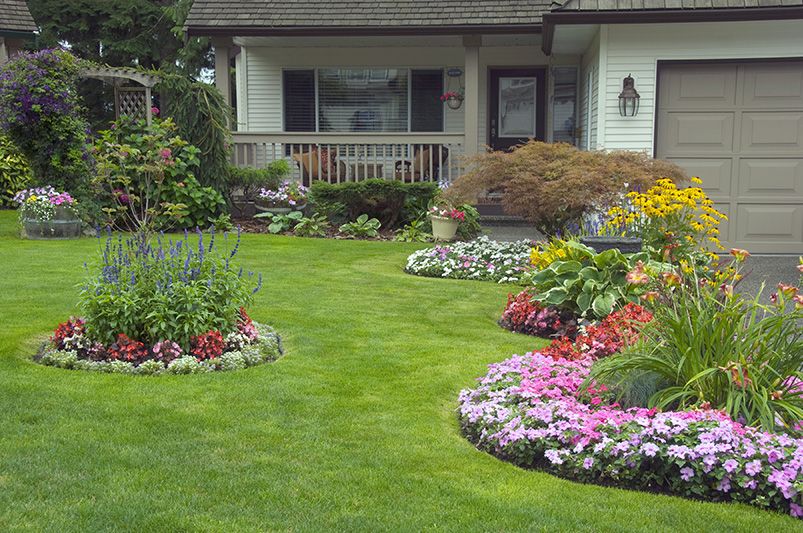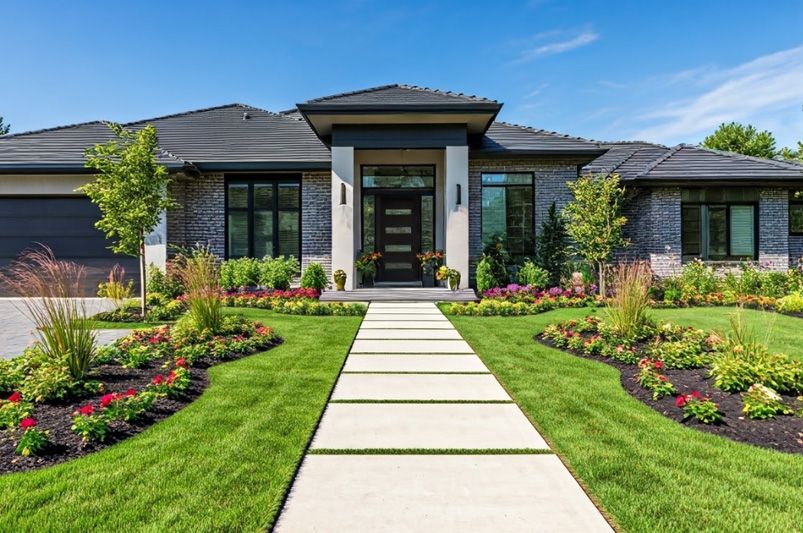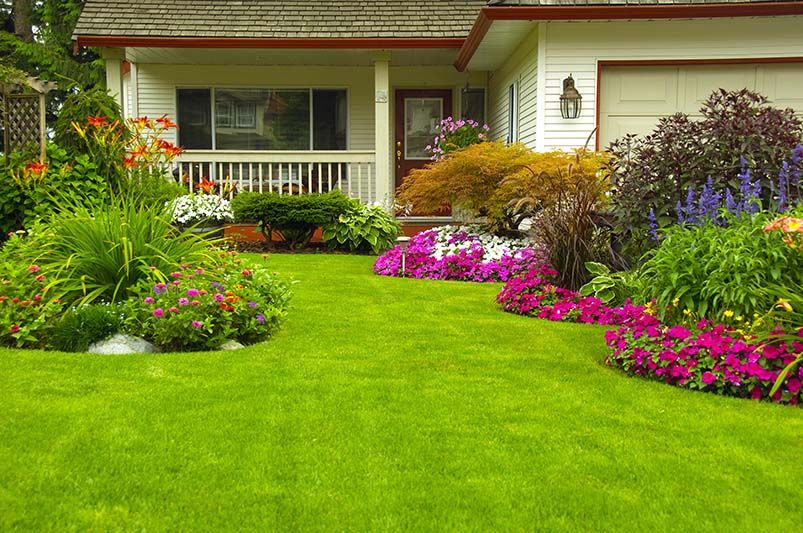
Balancing Color, Texture & Height: Landscape Design Tips
Published: 21/11/2025 | Updated: 21/11/2025
Creating a balanced, beautiful garden doesn’t require years of design experience—just a few smart shortcuts. The secret lies in blending color, texture, and height so your yard feels intentional, cohesive, and visually stunning through every season.


Here’s your quick landscape designer-approved shortcut to instant garden harmony:

1. Start by Choosing a Color Story
Instead of mixing every plant color available, pick:
-
One dominant color (your main tone)
-
One supporting color (a complement)
-
One accent color (sparingly for impact)
This instantly prevents visual clutter and creates a pulled-together look.

2. Mix Textures for Depth
Plants have “textures” based on their leaves and shape:
-
Fine-textured plants → feathery, grassy, delicate
-
Medium-textured plants → leafy shrubs, most perennials
-
Bold-textured plants → large leaves, dramatic shapes
A winning formula:
1 bold + 2 medium + plenty of fine textures to tie everything together.

3. Layer Heights Like a Designer
Landscape pros think in layers:
-
Tall plants anchor the background
-
Mid-height shrubs fill the center
-
Groundcovers / low plants link everything to the earth
Tip: Instead of lining plants up like soldiers, stagger heights diagonally for natural flow.

4. Repeat Elements for Instant Harmony
Repeating:
-
the same color,
-
the same leaf texture, or
-
the same plant type
…creates rhythm and a designer-level finish.
Even repeating plants in groups of 3 or 5 makes your yard feel intentional and cohesive.
Ready to design a yard that looks balanced, beautiful, and professional—without the guesswork?
Get a custom 3D landscape design at ShrubHub.com!
See exactly how your garden’s colors, textures, and heights should be arranged before planting a single thing.
Top 5 FAQs: Balancing Color, Texture & Height
1. How many colors should I use in my landscape?
Stick to one dominant color, one complement, and one accent for a cohesive look.
2. What’s the easiest way to mix plant textures?
Combine fine (grasses), medium (perennials), and bold (large-leaf plants) to add depth.
3. How do I know where to put taller plants?
Place tall plants in the back (or center of an island bed) and taper downward toward the edges.
4. Why does repeating plants improve design harmony?
Repeating colors, shapes, or plant types creates rhythm—your garden feels intentional rather than random.
5. Can small yards still use these shortcuts?
Absolutely. The smaller the space, the more important balance and repetition become.


